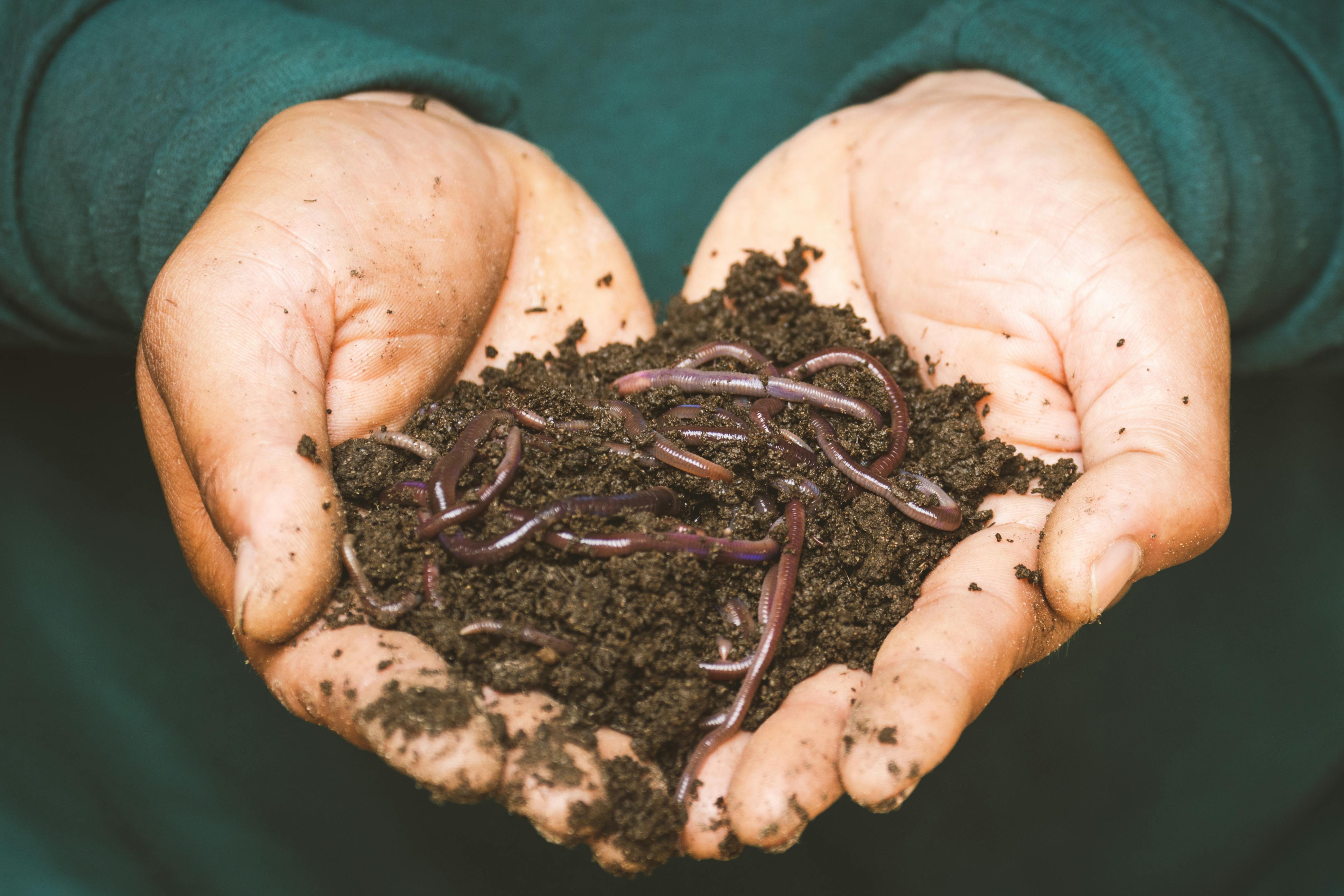Eco-friendly pest management tactics for gardeners
Low-toxicity, ecology-based pest management helps gardeners protect plants while supporting beneficial insects and soil life. This article covers practical tactics—from soil health and composting to mulching, irrigation, container care, and plant choices—that reduce pest pressure while promoting resilient garden ecosystems worldwide.

Healthy garden ecosystems are built on prevention, cultural care, and habitat support rather than frequent chemical intervention. By improving soil health, using compost and mulch strategically, choosing appropriate plants, and managing water and pruning thoughtfully, gardeners can reduce pest pressure and encourage pollinators and natural enemies. This article lays out actionable, eco-friendly pest control tactics relevant to container gardeners, backyard beds, and larger landscaping projects, emphasizing integrated practices that work together to sustain plant vigor and biodiversity.
How does soil health affect pest outbreaks?
Soil health directly influences plant vigor and susceptibility to pests. Rich, biologically active soil supplies steady nutrients and water, improving root systems and reducing stress that attracts chewing and sap-feeding insects. Practices such as adding finished compost, minimizing tillage, and maintaining balanced fertility promote beneficial microbes and predatory nematodes that suppress some soilborne pests and diseases. In container gardening, refresh potting mixes periodically and avoid using depleted media to prevent buildup of pests and pathogens. Overall, strong soil health is a foundational pest control strategy for sustainable gardening.
How can composting support pest control?
Composting converts plant waste into a nutrient-rich amendment that improves soil structure and microbial diversity. Finished compost helps plants access nutrients and water more evenly, reducing stress-related pest outbreaks. Compost also introduces microbial competitors that can suppress certain pathogens in the root zone. Use well-matured compost—immature material can harbor pests, weed seeds, or cause temporary nutrient imbalances. Compost tea and inoculants may offer benefits in some contexts, but they work best as part of a broader regimen that includes good cultural practices and habitat for natural enemies.
Can mulching and irrigation reduce pest pressure?
Appropriate mulching moderates soil temperature, conserves moisture, and reduces weed hosts for pests. Organic mulches like shredded bark or leaf litter feed soil life as they break down, but avoid pileups against stems that can shelter slugs or rodents. Irrigation choices matter: drip irrigation or early-morning watering keeps foliage dry and reduces fungal disease risk that weakens plants and invites secondary pests. Deep, infrequent watering encourages robust root systems; frequent shallow watering can stress plants and favor pests. Coordinating mulching and irrigation enhances plant health and lowers pest susceptibility.
How do native plants and pollinators influence pest dynamics?
Selecting native plants adapted to local climates reduces stress-related pest issues and supports a diverse community of pollinators and natural enemies. Native species often host a variety of beneficial insects—predatory beetles, parasitic wasps, and hoverflies—that help control pest populations. Plant a mix with staggered bloom times to sustain pollinators seasonally, and include structural habitat such as small native grass patches or flowering hedgerows for predator refuge. While some natives may host specialist herbivores, diversity and planned placement prevent any single pest from overwhelming the landscape.
How do pruning and container care limit pest problems?
Regular pruning improves airflow and sunlight penetration, lowering the humidity that favors fungal diseases and deterring pests that thrive in dense foliage. Promptly remove and dispose of heavily infested or diseased material to reduce spread. For containers, ensure good drainage, appropriate pot size, and periodic media refresh to prevent root rot and pest buildup. Rotate crops in pots where feasible and sanitize tools between jobs to avoid transferring pathogens or pests between plants. These practices keep plants vigorous and less attractive to pests.
How can landscaping and xeriscape reduce pest pressures?
Landscape design can reduce pest habitat and maintenance inputs. Xeriscape principles—grouping plants by water needs, choosing drought-tolerant species, and minimizing turf—cut irrigation demands and related disease risks. Hardscaping and mulched beds simplify upkeep and reduce overwintering sites for pests. Use plant placement to create buffer zones around sensitive beds and incorporate species that attract beneficial predators. Thoughtful design paired with low-input practices supports long-term resilience against pest outbreaks across diverse garden types.
Integrated, ecology-based tactics—soil health, composting, mulching, targeted irrigation, careful pruning, container hygiene, and diverse plantings—work together to reduce reliance on chemical controls. By prioritizing plant vigor and habitat for beneficial species, gardeners can manage pests effectively while enhancing biodiversity and resilience in landscapes worldwide.





